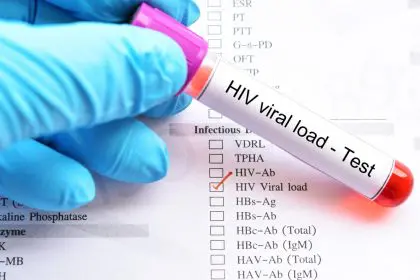College is a whirlwind of self-discovery. It’s a time to explore possibilities and experiment with different experiences, from academic pursuits to forging new friendships. This exploration can extend to romantic and sexual relationships, and same-sex encounters are not uncommon during this period. However, a natural question arises: does experimenting with a same-sex partner automatically mean someone is gay? The answer, like many things related to human sexuality, is more nuanced than a simple yes or no.
Understanding the Spectrum of Attraction
Sexual orientation refers to the long-term pattern of a person’s emotional, romantic, or sexual attraction. It encompasses a spectrum, with heterosexuality (attraction to the opposite sex) on one end and homosexuality (attraction to the same sex) on the other. Bisexuality, the attraction to both men and women, falls somewhere in between. Importantly, sexual orientation is distinct from sexual behavior. Someone can have same-sex experiences and still identify as heterosexual, and vice versa.
Reasons Behind Experimentation in College
There are various reasons why someone might explore same-sex relationships in college:
- Curiosity: A natural desire to understand their sexuality and explore different forms of attraction motivates some. This exploration can be a way to gain clarity about their desires.
- Social Pressures: College campuses are often more open and accepting towards LGBTQ+ relationships. This environment can normalize same-sex exploration, even for those who may ultimately identify as heterosexual.
- Relationship Opportunities: Sometimes, emotional connection takes precedence over gender. Finding a solid emotional bond with someone of the same sex may lead to exploration, even if long-term romantic attraction isn’t present.
- Experimentation with Identity: Some individuals may use same-sex relationships to test the waters and see if they feel more fulfilled than in heterosexual experiences.
Exploration Doesn’t Equal Destination
Engaging in same-sex exploration doesn’t automatically define a person’s sexual orientation. It’s a valuable time for self-discovery, and feelings of attraction can evolve. Here are some indicators that might suggest a person is gay, lesbian, or bisexual:
- Predominant Attraction: A key factor is a consistent emotional and/or physical attraction to the same sex. This attraction may be stronger or more frequent than they experience towards the opposite sex.
- Romantic Desires: A longing for romantic partnerships with people of the same sex is another sign. This could manifest as fantasizing about future relationships or feeling drawn to same-sex couples.
- Internal Identity: Ultimately, a personal sense of identifying as gay, lesbian, or bisexual is the most important factor. This internal sense of self, regardless of past experiences, holds the most weight.
Embracing Your Authentic Self: Same Journey, Different Timeline
There’s no universal timeline for understanding your sexual orientation. Some people know from a young age, while others discover their identity later in life. Here are some tips for navigating self-discovery during this crucial period:
- Be Patient with Yourself: Allow yourself the space to explore and understand your feelings without pressure. This is a personal journey, and there’s no need to rush the process.
- Embrace Self-Reflection: Consider what kind of romantic relationships you envision for yourself in the future. Who are you drawn to emotionally and physically? Journaling or open conversations with a trusted friend can help in this process.
- Honest Communication: If you’re comfortable, discuss your feelings and experiences with trusted friends or a therapist. Open communication can provide valuable insights and a supportive environment for exploration.
- Explore LGBTQ+ Resources: Learn more about sexual orientation and gender identity through online resources or LGBTQ+ organizations on campus. These resources can offer a safe space to connect with others and access information without judgment.
Remember, your sexual orientation is valid, regardless of when you discover it. There’s no pressure to conform to societal expectations or labels. Embrace the exploration process and focus on what feels authentic to you. If you continue to experience confusion or have concerns, seeking guidance from a therapist specializing in LGBTQ+ issues can be incredibly helpful.
This story was created using AI technology.















